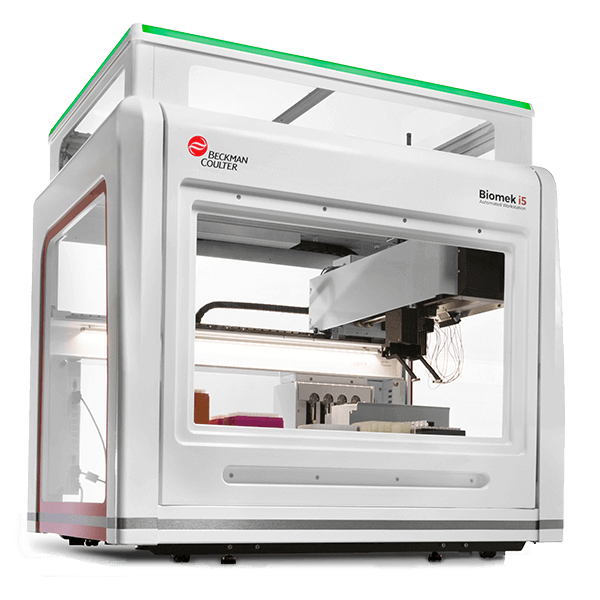Compound Management
The drug discovery process relies on a large library of potential candidates that can be assayed to see if they interact with the target in a desired manner.
Compound management entails the collection, processing, organization, and storage of these candidate agents, as well as ensuring that selected agents are prepared and ready for experimental use. Effective compound management practices are vital to drug discovery success, while deficiencies in this area can cause significant issues with profound ripple effects.
Maintaining Compound Integrity
Preserving the integrity of collected compounds is absolutely critical to the accuracy and consistency of assay results during hit screening.
When establishing compound management practices, one needs to determine optimal conditions for long-term storage (multiple years), short-term storage (days to weeks), and also whether storage conditions need to be adjusted depending on compound properties.
Moreover, samples in long-term storage need to be accessible to researchers for assaying without a prohibitive delay. As such, compound management practices need to include the ability to bring samples from long-term to short-term conditions in a timely manner, without affecting compound integrity.
Managing Sample Tracking and Processing
Record keeping and sample identity tracking is naturally a large part of compound management. Each sample must not only be identified and placed into a central database, but compound management also involves tracking how each sample has been assayed and recording the results. This information must be kept safe from unauthorized alterations or unexpected data loss.
The consequences of poor record keeping can be catastrophic, jeopardizing time and resource commitments, but also human health for drugs at the clinical trial phase.
Automating Compound Management
With the advent of high-throughput screening techniques capable of processing tens of thousands of agents in a single experimental run, the size and breadth of compound libraries has expanded exponentially, alongside the logistical requirements for compound management.
Today, large pharmaceutical institutions automate compound management with robotic instruments handling the duties of adding/removing samples from storage banks, and electronic barcodes facilitating record keeping.
The utility of automation goes well beyond merely the role of librarian. For high-throughput screening, transitioning agents from storage to assay is now also often automated. This can entail:
- Creating solutions from solids
- Diluting concentrates
- Aliquoting larger volumes into smaller ones for repeat assays or assays using different techniques
Here, automation not only speeds up what can be a tedious procedure, but also offers the prospect of improved sample consistency in terms of concentration accuracy and physical property uniformity across experimental runs. This translates to more accurate and reproducible assay data, something that’s essential during hit screening to avoid false positives or negatives.
Summary
- With the advent of high-throughput screening techniques, compound management has never been more important.
- Compound management maintains compound integrity by determining and maintaining ideal storage conditions for different temporal requirements.
- Compound tracking, labeling and cataloging help prevent decision making based on mistaken premises.
- Given the large size of many compound libraries, automation is vital to successful compound management workflows.
- Automation also helps transition compounds from storage to an assay-ready state, helping improve precision, accuracy and efficiency.



